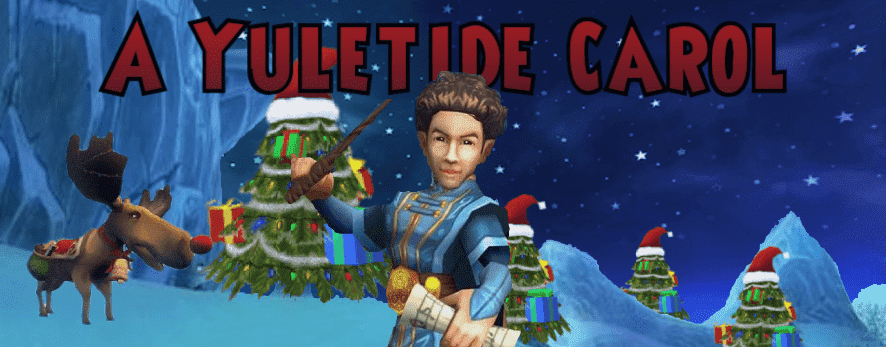Tag: tutorial
-

Member Benefit Tier List!
•
Everyone loves a good old-fashioned tier list! Everyone loves Wizard101 member benefits! Why not combine the two and create our very own Member Benefit Tier List! I will list all the member benefits under a category, starting at D being the worst and finishing in the S tier being the best. Please note that…
-

A Yuletide Carol
•
Intended for Musician and Non-Musician Alike It’s beginning to look a lot like Christmas, everywhere in the spiral. We sit by the glowing embers, drinking our hot chocolate, cuddling with our fuzzy kitten, when ho! – there’s Christmas music in the Bazaar! You run by the great tree near The…